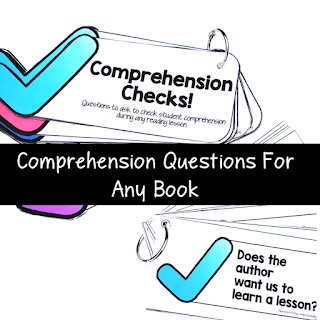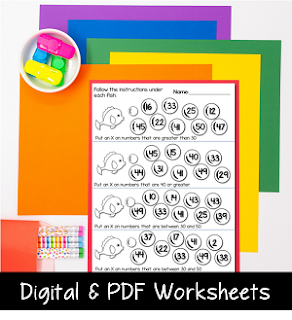Looking for a fresh way to teach word families that actually sticks with your students?
You're not alone.
When taught strategically, word families offer a powerful way to build decoding fluency and strengthen phonics instruction. Word families have always been a go-to for building early reading skills, but how we teach and display them might need a little update.
As more classrooms shift toward Science of Reading-informed practices, it’s time to reframe how we teach word families. We can integrate routines that are interactive, engaging, and grounded in research-based instruction. Here's exactly how I teach word families using a hands-on approach that actually sticks.
Why Word Families Still Matter
Word families (like -at, -ig, -op) help students begin to recognize word patterns, making it easier to decode new ones. When students know that cat, hat, and bat share the same ending, they start making powerful connections that lead to fluent reading.
And while we’re moving away from relying solely on visual memory (i.e. memorizing whole words), word families can still play a role, especially when paired with explicit phoneme instruction and sound-based strategies.
You Can Use a Word Wall AND Teach Word Families, Too!
There is no need to ditch the word wall, though! What works better is a simple shift: instead of displaying pre-written words, build the words together, blend them aloud, and reference them in authentic reading and writing.
Many of the words we introduce are part of a word family. This gives students the chance to make connections and truly internalize spelling patterns.
A Word-Building Routine That Builds Readers
Monday: Introduce 4–5 new high-frequency or target words. Look closely at each word and break it down into its sounds. Draw attention to the word family or important spelling pattern in each word and highlight it to draw attention to it on the word card. Have your students decide where the word belongs on the word wall.
Tuesday: Focus on a word family and build words as a class. Part of word building for me is also word reading, so we always read over a list of words in the word family. It can be done on a whiteboard or a smartboard with words popping up to read.
Here’s how it looks in my classroom:
🧠 Step 1: Interactive Word Building
We use a pocket chart to build a word family together. I guide students to say the onset (beginning sound), the rime (ending chunk), and blend them aloud. You can provide onset cards or have students select an onset for the word they wish to build.
This mimics the blending routines you’ll find in most structured phonics programs and helps kids connect phonemes and graphemes.
✋ Step 2: Kinesthetic Blending
To boost engagement and support different learning styles, we add movement:
Students make two fists
Push one out for the onset, one for the rime
Smash them together while saying the whole word
This routine adds novelty and physical reinforcement to the blending process, and yes, they’ll ask to do it again every time.
🖍️ Step 3: Anchor Chart Creation
Instead of me filling out a poster solo, students help create a word family anchor chart. They come up and write a word from the word family, and the chart is displayed for reference in the classroom. Because they contributed to it, they’re way more likely to use it.
🔄 Step 4: SCOOT + Literacy Centers
After we complete all major word families for a short or long vowel (like short A), we do a wrap-up SCOOT activity. Blank laminated posters of word families we didn't focus on are placed around the room, and students pair up and rotate to fill them in. It’s collaborative, fast-paced, and gives students a chance to do more word building.
You should notice that the students are involved in the process at every stage of my word family instruction.
The only way to get kids invested in using the resources in the classroom is to involve them in creating them or explicitly teaching them how to use them.
Throughout the week, I also include word family practice in
literacy centers
: sorting, building, and reading words independently based on the family of the week. This provides spiral review and keeps those spelling patterns fresh. I have
activities for each short vowel.
If you're ready to simplify your prep and use this routine tomorrow, my
poster packs
make it easy:
You’ll get:
Word family posters for short and long vowels
A simple design that is not visually distracting
A perfect tool for explicit, structured word building
Whether you’re teaching first grade or supporting emerging readers in small groups, this bundle will become a go-to.
✅ Students aren’t just reading words—they’re building and blending them
✅ Repeated exposure in centers helps solidify decoding skills
✅ Aligns with the Science of Reading without needing a complete curriculum overhaul
It’s low-prep, high-impact, and easy to implement even in a busy classroom.





















.png)









thank you! just what I need to hear .
ReplyDelete